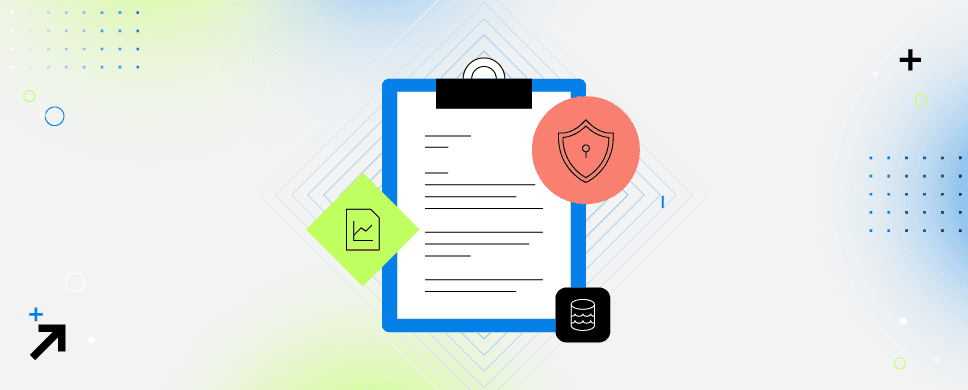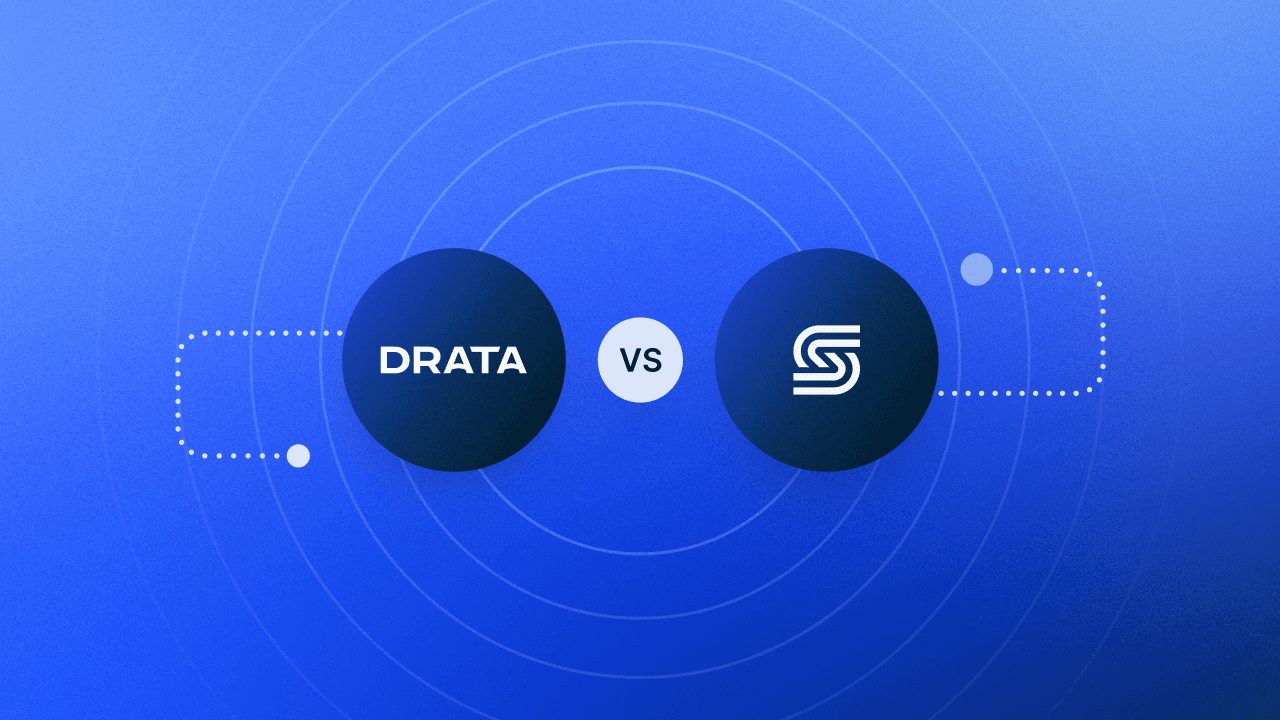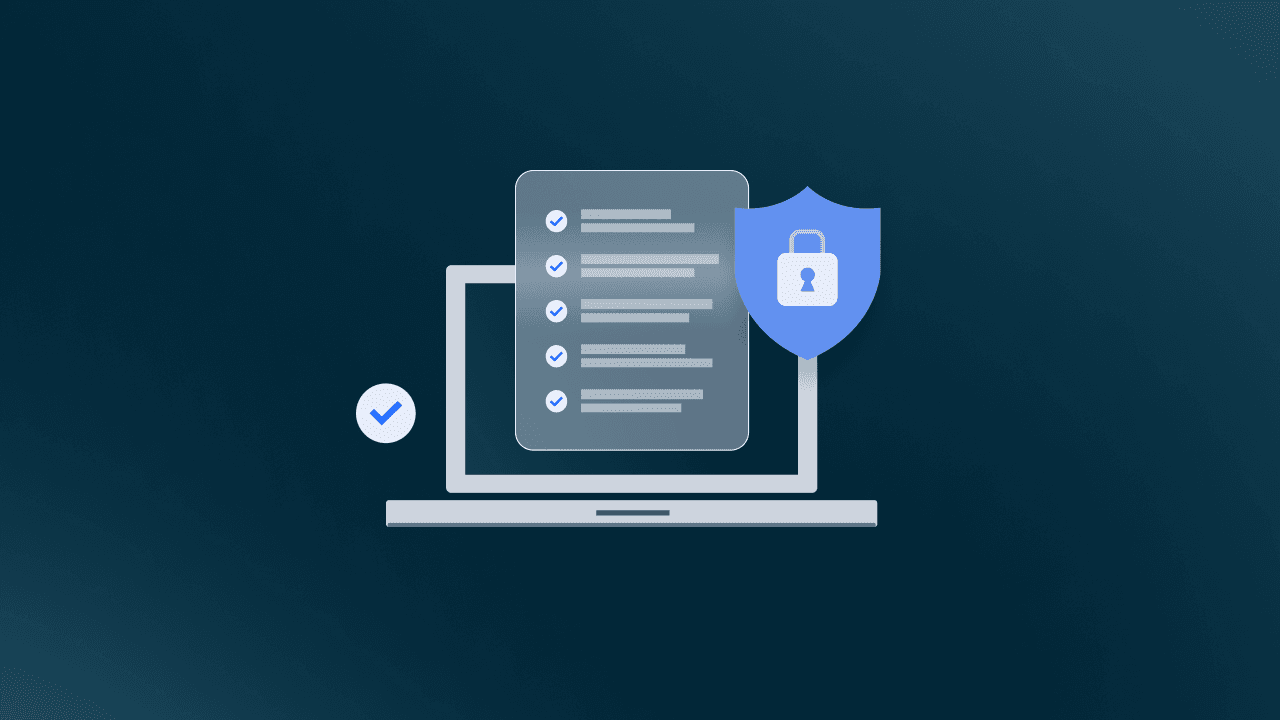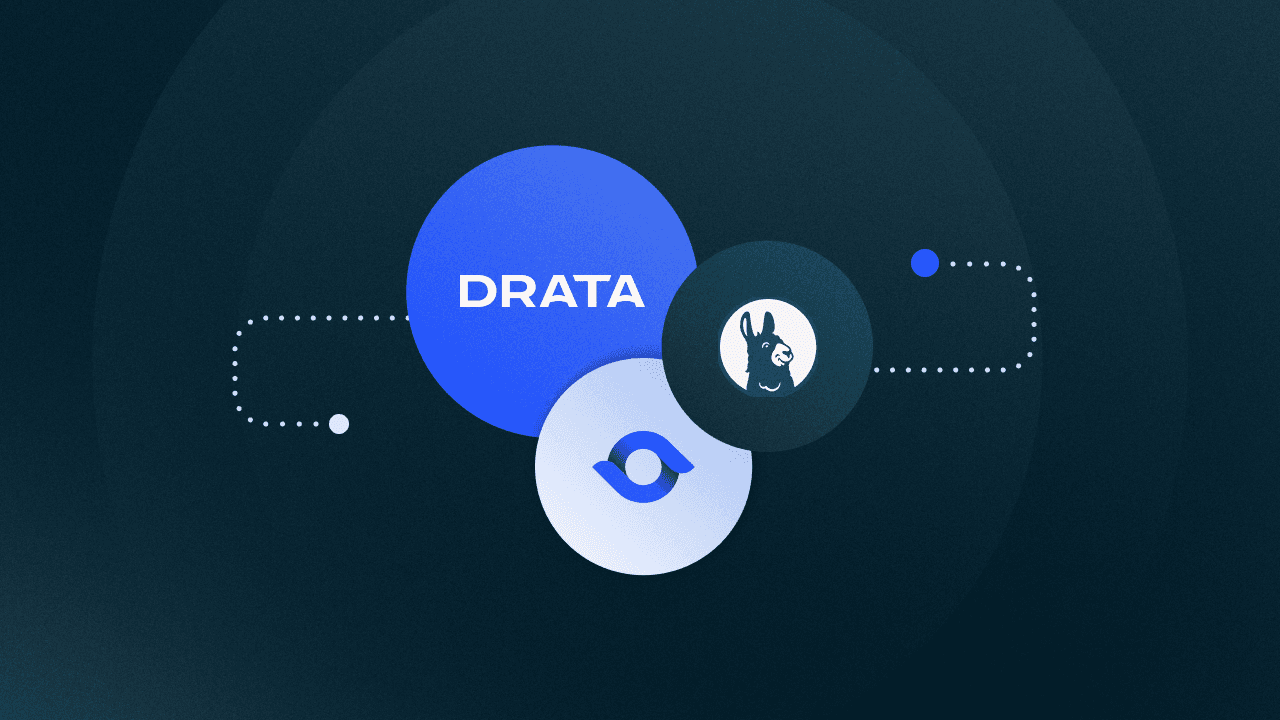What is an Information Security Management System? + How to Implement
Learn about setting up an information security management system, what it requires, and how it can benefit your business.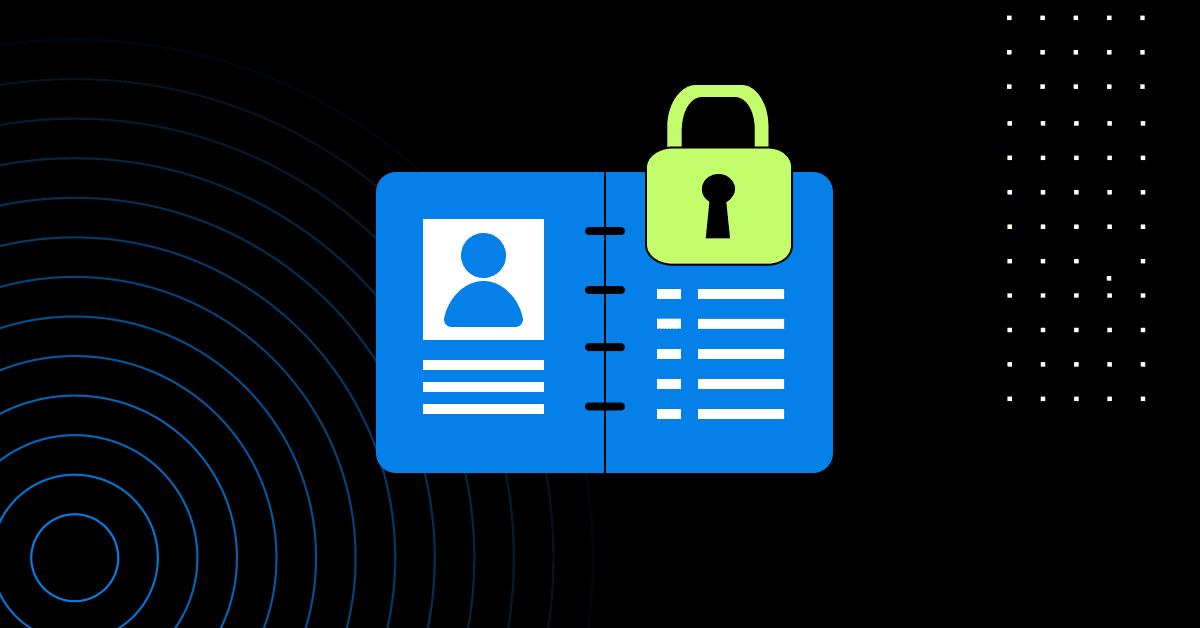
How are you managing your company’s information security responsibilities?
If your data isn’t protected from threats and vulnerabilities, you can quickly end up on the wrong end of breaches and other issues that negatively impact business. This is where having an information security management system (ISMS) can help your organization.
But what is an ISMS and how do you implement one?
In this post, we’ll cover the basics of what you need to know. Keep reading to find out more about setting up this system, what it requires, and how it can benefit your business.
What is an Information Security Management System?
An information security management system helps you manage information security risks by creating a governance structure around your security program.
Specifically, an ISMS provides an organized approach to managing risks associated with information assets. That includes the people who work with them and the technologies used to store or transmit data.
Its main components are:
Policies
Policies serve as guidelines for how your organization will treat sensitive data at every point in its lifecycle and define the foundation for your information security program.
Procedures
Procedures are detailed steps that tell staff what they need to do when dealing with sensitive information or digital devices. They might say who needs authorization before accessing data and outline specific actions they need to follow when doing so.
Controls
Controls are measures imposed on hardware, software, and environments in your organization. While there are some security control best practices, controls will vary depending on your specific needs.
Leadership Support
Obtaining support from other areas of the business is critical for an effective security program and helps ensure that requirements are met throughout the organization.
Within these categories, you need to drill down to find the pieces you should put in place to protect your data. Having a team to help you on this project is a must because different perspectives can help you build a more complete plan.
Why Do You Need an ISMS?
There are several reasons why organizations need to have an ISMS in place. The first reason and one of the most pressing is risk mitigation. If you had to measure the effectiveness of an information security program based on one metric, most would agree that risk mitigation is the best metric to use.
Additionally, 52% of respondents surveyed for a recent Forrester report agree that proactive risk mitigation is as important as effective risk response. An ISMS is a key part of any proactive approach to risk.
You may also need to comply with specific regulations because of where you do business or the industry you’re in. Without an ISMS, your business may not be able to operate or stay in business at all.
Additionally, if you’ve had issues with information security before, you know just how costly this can be in terms of both time and resources. For many organizations, having an ISMS is a necessity to keep everything running smoothly and avoid the consequences of security problems.
ISMS Implementation Frameworks and Models
ISMS frameworks and models are standards, guidelines, or best practices that can be used by organizations to build their ISMS. They provide guidance on what information security management systems should look like, how they should be implemented and audited, as well as how companies should communicate policies.
ISO 27001 is an international standard and includes perhaps the most well known ISMS. It lays out a minimum set of requirements that all organizations should implement in order to protect their data against cyber attacks and other threats. For more information, read our guide on ISO 27001.
5 Benefits of an ISMS
An ISMS can bring a number of benefits to your organization, which is one reason why so many organizations choose to implement them. Here’s a closer look at some of what you can expect:
1. Improve Information Security
By having a uniform, standardized approach to managing risks and controls across your entire organization, you can ensure that everyone is working from the same playbook. This way, people can do their part to protect valuable data.
2. Reduce Risk
Be certain that employees only have access to the information they need at any given time and are not able to access sensitive or classified materials without proper authorization. This decreases the chances of data getting in the wrong hands.
3. Reach Compliance With Industry Regulations
Meet requirements more easily by building the right things into your processes from the ground up. That way, you’ll always know how operations should be conducted across different departments within an organization.
4. Speed Response Time to Evolving Threats
Security processes aren’t something you can set and forget. To protect information, you have to work to constantly understand the threat landscape. A solid ISMS requires you to evaluate your efforts, and continue monitoring and measuring progress. This means you won’t always be far behind when a new threat arises.
5. Increase Availability and Integrity of Data
Better information management empowers the people in your organization with the tools and the knowledge they need to access data. It also decreases the chances that you’ll experience data loss.
What are ISMS Security Controls?
Security controls are the actions and activities that are implemented to protect information assets. Security controls for an ISMS can be classified broadly into two types—technical and management.
Technical security controls include firewalls, antivirus software, email encryption software, and measures such as network segmentation or data loss prevention tools.
Management security controls include policies and procedures for managing access rights to resources. All to ensure that only authorized personnel have access to sensitive information related to an organization’s operations.
Demystify ISMS for Your Organization
The core benefit is clear: An ISMS will ensure that your organization has the necessary policies and procedures in place to protect its data. If you want help implementing this, Drata can streamline the process. See how our solution empowers businesses to stand up their security program on a strong foundational library. Book a demo now.

